Preparing Your Boat for Emergency Situations
When it comes to boating, the thrill of adventure often accompanies the serene beauty of the open water. However, amidst this allure lies the potential for unforeseen emergencies. Just like a seasoned sailor wouldn’t set sail without a compass, you shouldn’t head out on the water without proper preparations. Being prepared is akin to having a safety net; it allows you to enjoy the ride while knowing you can handle whatever comes your way. In this article, we’ll dive into the essential steps and preparations every boater should take to ensure safety during emergencies, covering everything from equipment to training and proactive measures.
Having the right safety equipment is crucial for any boating trip. Think of it as packing your safety toolkit before embarking on a journey. The last thing you want is to find yourself in a sticky situation without the right tools at your disposal. Here are some must-have items that every boat should be equipped with:
- Life Jackets: Always have enough life jackets on board for every passenger. They should be easily accessible and fit properly.
- Fire Extinguishers: A good rule of thumb is to have at least one fire extinguisher on board, ideally two, depending on your boat's size.
- First Aid Kit: A well-stocked first aid kit can be a lifesaver. Ensure it includes items like bandages, antiseptic wipes, and any personal medications.
- Emergency Flares: Flares can be crucial for signaling for help in case of an emergency.
- Anchor and Line: An anchor can help stabilize your boat in emergency situations, especially during rough weather.
By ensuring you have these essentials, you’re not just following regulations; you’re actively safeguarding yourself and your crew. Remember, preparation is the first step toward peace of mind on the water!
Effective communication can save lives during emergencies at sea. In the vast expanse of water, being able to reach out for help can make all the difference. Here, we’ll discuss various communication tools and devices that can help boaters stay connected and call for help when needed. Whether it’s a VHF radio or a satellite phone, understanding your options is key to being prepared.
VHF radios are a staple for marine communication. They are like the lifeline that connects you to the coast guard and other vessels. Knowing how to use them properly is essential. In emergencies, every second counts, and a VHF radio can provide immediate assistance. It’s not just about having one onboard; it’s about knowing how to operate it effectively.
Selecting the appropriate VHF radio depends on your boating needs. When purchasing a VHF radio, consider features like:
- Range: Ensure it covers the distance you typically travel.
- DSC Capability: Digital Selective Calling allows for emergency distress calls with a single button.
- Weather Alerts: Some radios provide real-time weather updates, which can be invaluable.
By understanding these features, you can choose a radio that best fits your adventure style.
Understanding how to make a distress call on a VHF radio is vital. In a crisis, clarity and brevity are your best friends. Here’s a quick rundown of the procedure:
1. Select Channel 16. 2. Press the transmit button and say, "Mayday, Mayday, Mayday." 3. State your boat name, position, and nature of the emergency. 4. Repeat this information until you receive a response.
Practicing this procedure can make a world of difference in a real emergency.
In addition to radios, other signaling devices are essential for emergency situations. Flares, whistles, and even mirrors can attract attention when needed. Think of them as your backup plan when communication fails. Always keep them within reach and ensure everyone knows how to use them.
Proper training is key to handling emergencies effectively. Just like you wouldn’t jump into a boxing ring without training, you shouldn’t venture out on the water without knowing how to respond to potential emergencies. This section emphasizes the importance of training for boaters and crew members in various emergency scenarios.
Conducting regular safety drills ensures that all crew members know their roles during emergencies. It’s like a rehearsal before the big show; everyone needs to know their lines. Implementing these drills effectively can help everyone stay calm and collected when the unexpected occurs.
First aid knowledge can be lifesaving in emergencies. Imagine being in a situation where someone is injured, and you’re the only one who can help. Obtaining first aid training not only empowers you but also prepares you for medical situations on the water. It’s a skill that can make you feel more confident and capable, allowing you to enjoy your time on the water without fear.
- What should I do if my boat capsizes? Stay with the boat if possible; it provides buoyancy and can be easier for rescuers to spot.
- How often should I check my safety equipment? Regularly, ideally before each trip, ensuring everything is in working order.
- Is it necessary to have a first aid kit onboard? Absolutely! It’s essential for addressing injuries or medical emergencies.
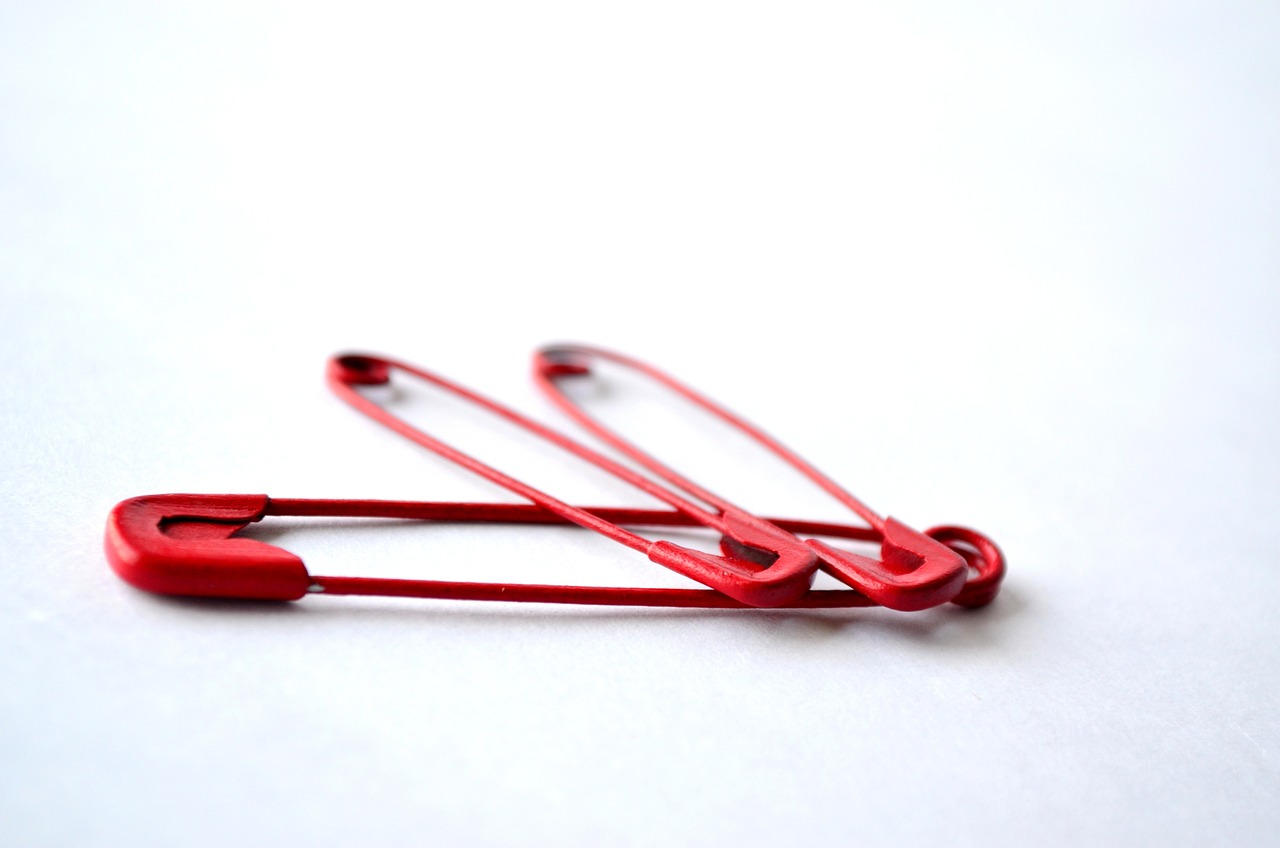
Essential Safety Equipment
When it comes to boating, safety should always be your top priority. Imagine setting sail on a beautiful day, the sun shining, and the waves gently rocking your boat. Now, imagine that same scene turning into a nightmare due to unforeseen circumstances. That's where comes into play. Being prepared with the right gear can mean the difference between a minor inconvenience and a life-threatening situation.
Every boat should be equipped with a variety of safety items to ensure that you and your crew are ready for anything. Here’s a rundown of the must-have equipment:
- Life Jackets: These are the most critical piece of safety gear. Ensure that you have a life jacket for every person on board, and that they are the right size and type for each individual.
- Fire Extinguishers: A fire on a boat can escalate quickly. Make sure you have a suitable fire extinguisher on board, and check that it is in good working condition.
- First Aid Kit: Accidents happen, and a well-stocked first aid kit can be a lifesaver. Include items like band-aids, antiseptic wipes, and any necessary medications.
- Emergency Flares: Flares are essential for signaling distress. They can attract attention from nearby vessels or aircraft, making them invaluable during emergencies.
In addition to these essentials, consider having a whistle or a loud horn onboard. Sound signals can be very effective in attracting attention when visibility is low, or if you're in a situation where shouting isn’t enough. Another important piece of equipment is a throwable flotation device. This can be crucial if someone falls overboard, allowing you to rescue them without putting yourself in danger.
It’s not just about having these items; you also need to ensure that they are easily accessible. Storing your safety gear in a locked compartment might keep it safe, but it could also delay your response in an emergency. Instead, keep your safety equipment in a designated area that is easy to reach. Regularly check the condition of your gear to ensure everything is functioning properly. This includes checking the expiration dates on flares and the pressure gauge on your fire extinguisher.
To sum it up, being prepared with the right safety equipment can transform a potentially dangerous situation into a manageable one. Think of it as your boat's safety net; without it, you’re sailing into the unknown without protection. So, before you head out on your next adventure, take the time to review your safety gear and make sure you have everything you need to ensure a safe and enjoyable trip.
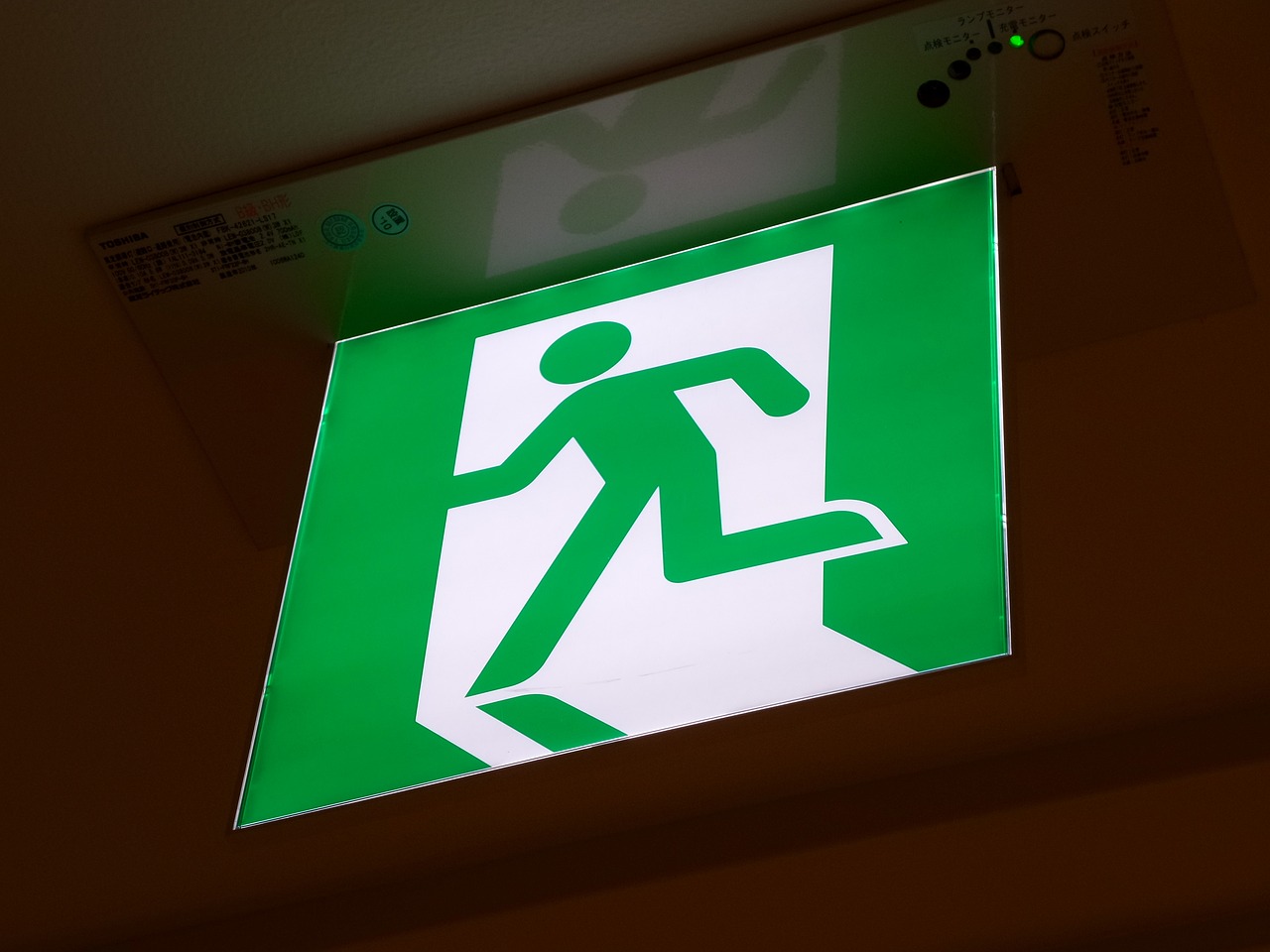
Emergency Communication Tools
When you're out on the open water, the thrill of adventure can quickly turn into a nightmare if an emergency arises. That's why having the right is not just a good idea; it's essential. Imagine being stranded in the middle of the ocean without a way to call for help—it's a scenario no boater wants to face. But fear not! With the right tools and knowledge, you can significantly enhance your safety and readiness for any situation that might arise.
First and foremost, let's talk about the lifeline of marine communication: VHF radios. These devices are the backbone of emergency communication on the water. They allow you to communicate with other boats and shore stations, making them invaluable in distress situations. But it's not just about having a VHF radio onboard; knowing how to use it effectively is just as crucial. In an emergency, every second counts, and a clear, concise message can make all the difference.
So, how do you ensure you're using your VHF radio correctly? Well, it's not rocket science, but it does require some understanding of the device. Make sure to familiarize yourself with the different channels and their purposes. For emergencies, Channel 16 is the international distress frequency. When you transmit on this channel, you need to be clear and direct. Start with "Mayday, Mayday, Mayday," followed by the name of your vessel, your position, and the nature of your emergency. This simple structure can help rescuers locate you faster.
Now, if you're in the market for a VHF radio, you might be wondering what features to look for. Not all radios are created equal! Here’s a quick table to help you decide:
| Feature | Importance |
|---|---|
| DSC (Digital Selective Calling) | Allows you to send a distress signal with your position automatically. |
| Built-in GPS | Helps in providing accurate location information during a distress call. |
| Weather Channels | Stay updated on weather conditions, which is vital for safety. |
| Durability and Waterproof Rating | Essential for withstanding harsh marine environments. |
Choosing a radio with these features can make your boating experience safer and more reliable. But remember, even the best equipment is useless if you don't know how to use it!
Understanding the protocols for making a distress call on a VHF radio is just as critical as having the device itself. In an emergency, your voice might be shaky, but your message must be crystal clear. After you announce "Mayday," follow up with the following information:
- Your vessel name and description
- Your current position (latitude and longitude)
- The nature of your emergency
- The number of people onboard
- Your intended course of action, if applicable
This structured approach ensures that rescuers get all the necessary information quickly, which can significantly reduce response time. Remember, in emergencies, clarity is key!
Aside from VHF radios, it's also wise to have other emergency signaling devices on board. Flares, whistles, and even reflective mirrors can draw attention in dire situations. These tools serve as a backup to your communication devices, ensuring that you have multiple ways to signal for help.
In summary, equipping your boat with the right communication tools and knowing how to use them can mean the difference between a close call and a disaster. So take the time to familiarize yourself with your VHF radio, invest in quality equipment, and practice your emergency procedures. After all, a little preparation goes a long way in keeping you and your crew safe on the water!
Q: What should I do if my VHF radio isn't working?
A: Always have a backup communication method, such as a satellite phone or emergency flares. Regularly check your equipment to ensure it's in working order.
Q: How often should I practice emergency drills?
A: It's recommended to conduct safety drills at least once a month to ensure everyone knows their roles and responsibilities during an emergency.
Q: Are there any legal requirements for emergency communication equipment?
A: Yes, regulations vary by country, but generally, larger vessels are required to have VHF radios and other communication devices. Always check local laws to ensure compliance.
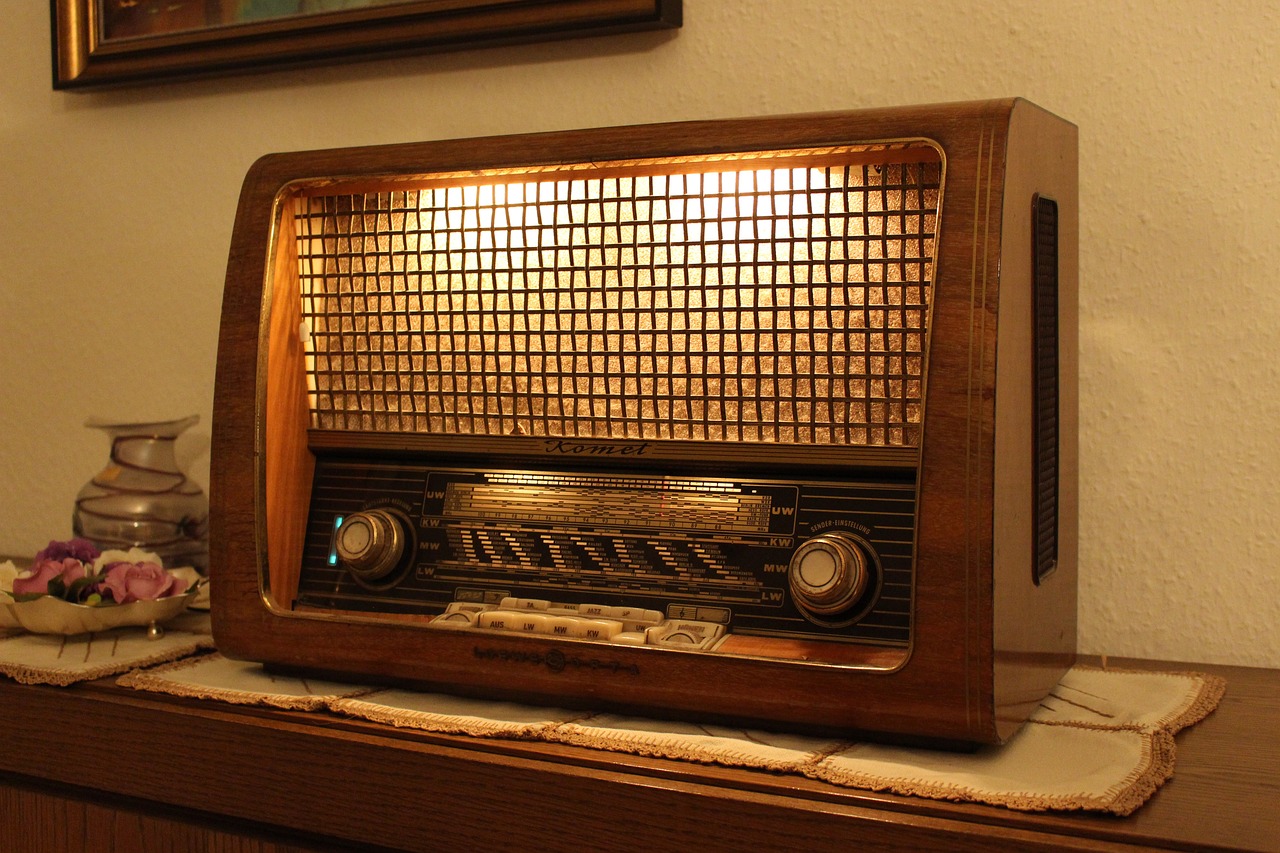
VHF Radios
When it comes to ensuring safety on the water, are your best friend. These devices are more than just communication tools; they can be the difference between life and death in an emergency situation. Imagine being out on a tranquil sea, and suddenly, a storm rolls in. The winds pick up, waves crash, and panic sets in. In these moments, having a reliable VHF radio can provide a lifeline, allowing you to call for help or communicate with other vessels nearby. But how do you make the most of this essential equipment?
First off, let's talk about the functionality of VHF radios. They operate on a range of frequencies specifically designated for marine communication, which means you're not just talking to anyone; you're connecting with other boaters and coast guard services. Most importantly, VHF radios have a dedicated distress channel (Channel 16) that allows you to send out an emergency signal quickly. Knowing how to use this feature can save precious time during a crisis.
It’s also crucial to understand the various types of VHF radios available. For instance, there are handheld models, which are portable and convenient, perfect for smaller boats or as a backup. On the other hand, fixed mount radios offer more power and range, making them ideal for larger vessels. When choosing a VHF radio, consider factors such as range, power output, and additional features like GPS integration or digital selective calling (DSC). These features can enhance your communication capabilities and overall safety.
Now, let's dive into the nitty-gritty of using VHF radios effectively. When making a distress call, clarity is key. You should follow a specific protocol: first, identify your vessel, then state that you are in distress, and finally, describe your situation. For example, you might say, “Mayday, Mayday, Mayday! This is the vessel ‘Ocean Explorer,’ we are taking on water and require immediate assistance.” This clear communication can ensure that help is dispatched quickly.
In addition to distress calls, VHF radios can be used for routine communications with other boats or marinas. This can include checking weather updates, reporting your position, or coordinating docking procedures. Remember, good communication is not just about emergencies; it's about building a network on the water that can enhance your boating experience.
Lastly, it's important to keep your VHF radio in good working condition. Regular maintenance checks, such as testing the battery and ensuring the antenna is functioning properly, can prevent issues when you need it most. So, before you set sail, take a moment to check that your VHF radio is ready to go. It’s like checking your lifeboats; you wouldn’t want to find out they’re not functional when you really need them!
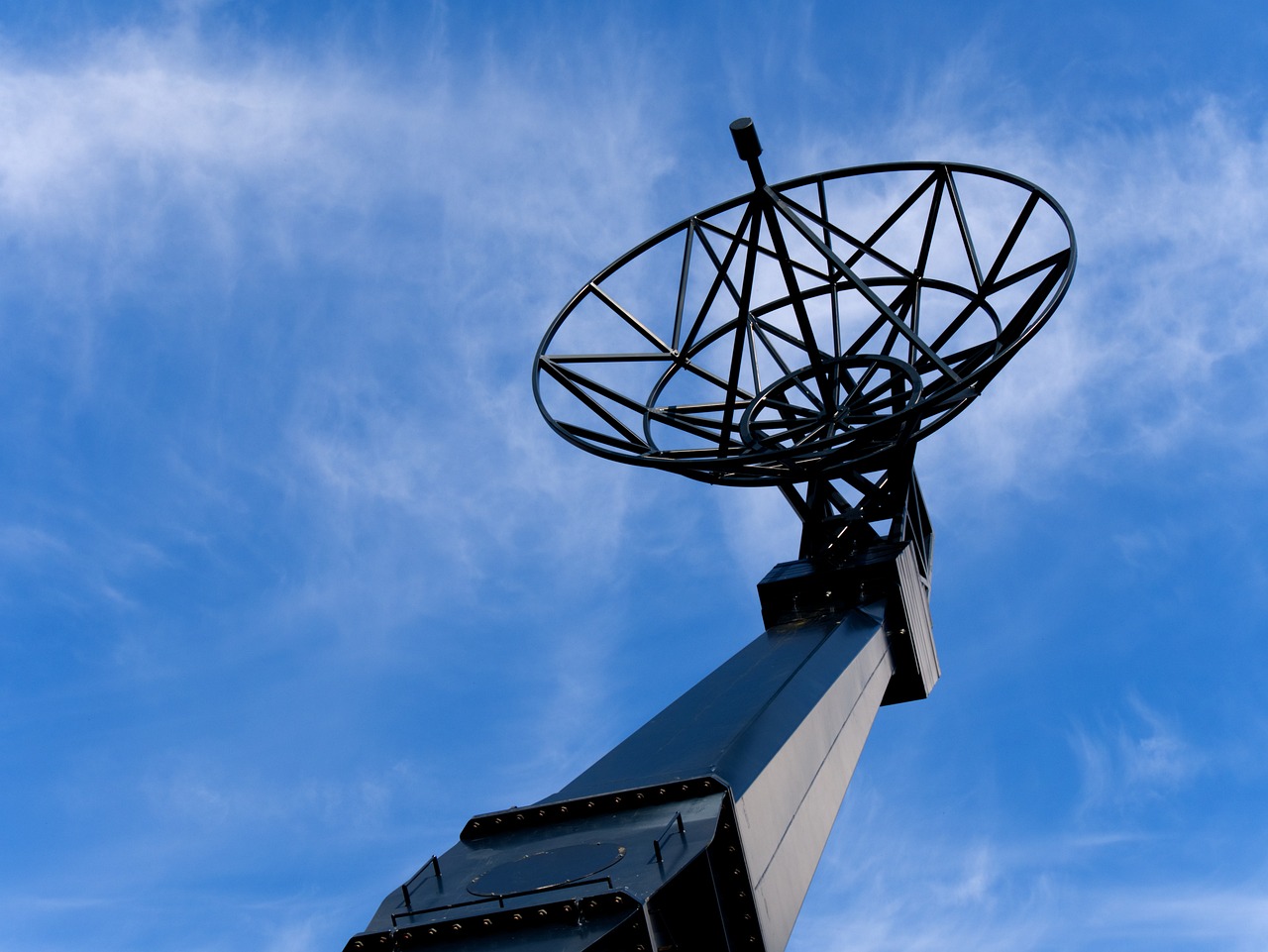
Choosing the Right VHF Radio
When it comes to selecting the right VHF radio for your boating adventures, there are several factors to consider that can make all the difference in an emergency situation. Think of your VHF radio as your lifeline to the outside world; it’s not just a piece of equipment but a critical tool that could save your life or the lives of others. So, what should you look for when making this important choice?
First and foremost, you should consider the range of the VHF radio. The distance it can transmit is crucial, especially if you're venturing far from shore. Most VHF radios have a range between 5 to 25 nautical miles, depending on the power output. A higher wattage means a greater range, but also consider the environment—hills, buildings, and even weather conditions can affect how far your signal travels.
Next, think about the features that come with the radio. Some essential features to look for include:
- DSC (Digital Selective Calling): This feature allows you to send a distress signal with your location automatically, making it invaluable in emergencies.
- Weather Channels: Having access to NOAA weather channels can keep you informed about changing weather conditions, which is vital for safety.
- Built-in GPS: Some VHF radios come with integrated GPS, allowing you to send your exact location during an emergency.
Additionally, consider the design and durability of the radio. If you’re out on the water, you need a radio that can withstand the elements. Look for models that are waterproof or have a high IP rating. A rugged design will ensure that your radio can endure splashes, rain, and even accidental drops.
Another important factor is the power source. Most VHF radios run on 12-volt power from your boat’s battery, but it's wise to have a backup. Some models come with a battery pack, allowing you to use them even if your boat's power goes out. This redundancy can be a lifesaver in emergencies.
Finally, don't forget about the ease of use. In a stressful situation, you want to be able to operate your radio without fumbling around. Look for a model with intuitive controls and a clear display. The last thing you want is to waste precious time trying to figure out how to make a distress call!
In summary, choosing the right VHF radio is not just about picking any model off the shelf. It requires careful consideration of various factors such as range, features, durability, power source, and ease of use. By taking the time to select the best radio for your boating needs, you’re not just investing in equipment; you’re investing in your safety and peace of mind on the water.
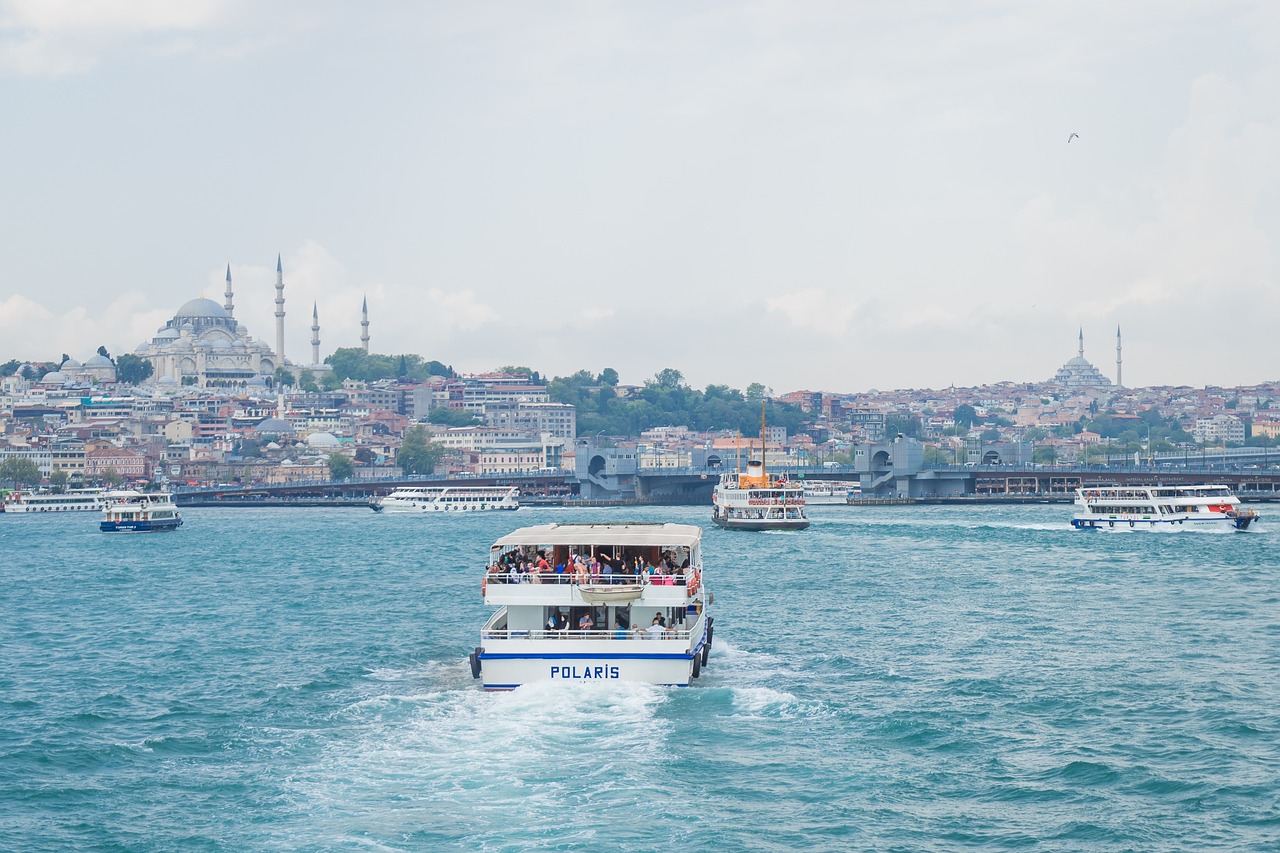
Using VHF for Distress Calls
When it comes to emergencies at sea, knowing how to use a VHF radio for distress calls is like having a lifeline in turbulent waters. Imagine being in a situation where every second counts, and you need to communicate your position and situation quickly and clearly. This is where the VHF radio shines, transforming panic into action. The first step is to ensure your VHF radio is turned on and set to the correct channel, typically Channel 16, which is the international distress frequency.
To make a distress call, you should first identify yourself. Start by saying “Mayday, Mayday, Mayday” if you are in a life-threatening situation. This urgent call grabs the attention of anyone monitoring the channel. Follow this with the name of your vessel, your location, and the nature of the emergency. For example, “This is the vessel Sea Breeze, located 5 miles off the coast of Miami. We are taking on water and require immediate assistance.” It’s essential to speak clearly and calmly, as your message needs to be understood quickly.
After your initial call, listen for any responses. If another vessel or the Coast Guard replies, they may ask for further details. This is where being prepared pays off; having a clear understanding of your location, the number of people onboard, and the type of assistance needed can make a world of difference. Remember, the goal is to provide as much information as possible without overwhelming the listener.
In addition to the initial distress call, it’s crucial to understand the protocol for repeating your message. If you don’t receive a response, wait a few minutes and repeat your distress call, ensuring to include any new information that might help rescuers locate you. For example, if your situation worsens, let them know immediately. This kind of clear and concise communication can be the difference between a successful rescue and a tragic outcome.
Moreover, it's important to familiarize yourself with the Distress Priority Protocol. This protocol dictates how distress calls should be prioritized. In essence, your call will take precedence over other communications, but it’s vital to only use this channel for life-threatening emergencies. Misuse of the distress frequency can lead to confusion and may hinder actual rescue operations.
To help you grasp the key points of making a distress call, here’s a quick summary:
- Use Channel 16 for distress calls.
- Start with “Mayday” three times to indicate an emergency.
- Clearly state your vessel name and location.
- Describe the nature of your emergency.
- Listen for responses and repeat your call if necessary.
In conclusion, mastering the use of VHF radios for distress calls is not just a technical skill; it’s a critical safety measure that every boater must know. Like a beacon of hope in a storm, your ability to communicate can save lives. So, take the time to practice, stay calm under pressure, and remember that clear communication can lead to a swift rescue.
Q: What should I do if my VHF radio is not working?
A: If your VHF radio malfunctions, try switching to a backup radio if available. If not, use flares or other signaling devices to attract attention, and consider using your mobile phone if you are within range of a signal.
Q: How often should I practice using my VHF radio?
A: Regular practice is essential. Aim to review and practice your distress call procedures at least once a season or before significant boating trips.
Q: Can I use a VHF radio for non-emergency communications?
A: Yes, VHF radios can be used for routine communications, but always be respectful of the emergency channels and avoid cluttering them with non-urgent messages.
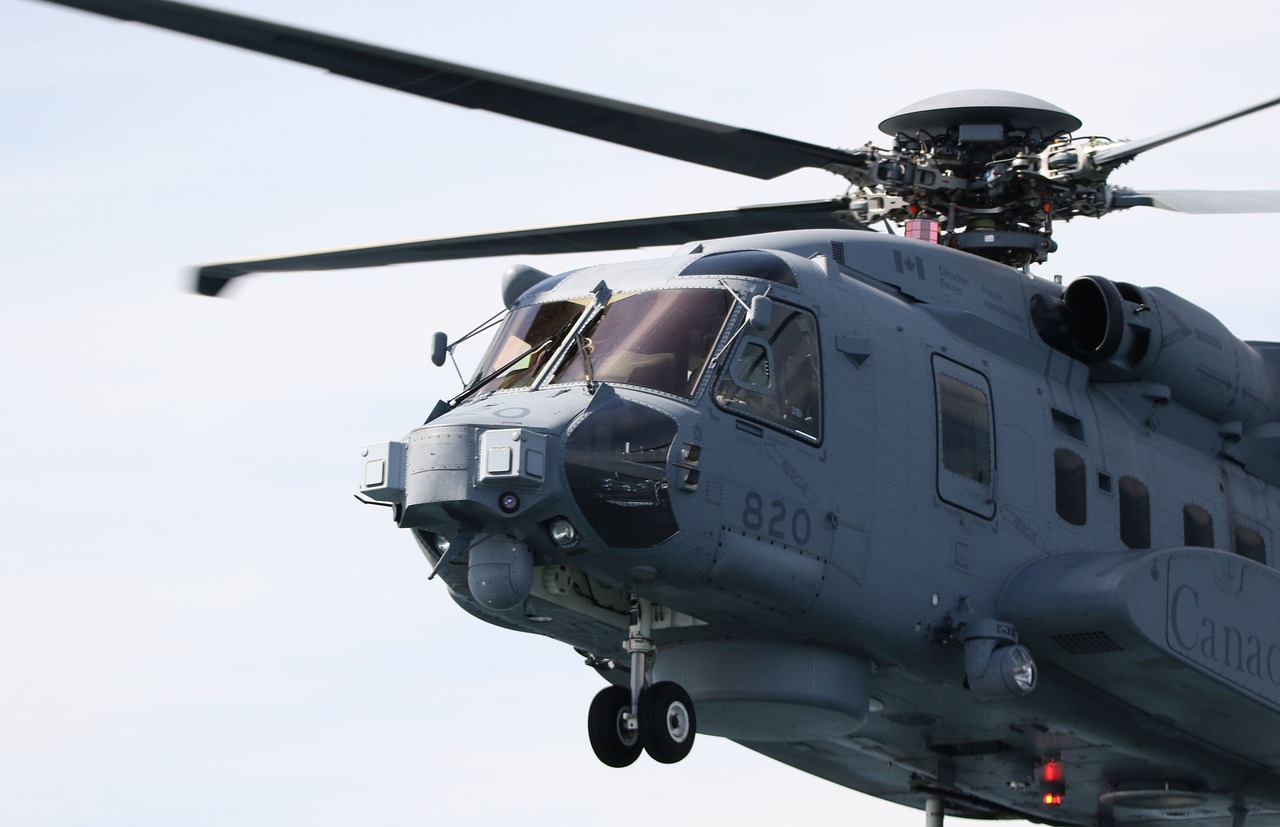
Emergency Signaling Devices
When you're out on the water, the unexpected can happen in the blink of an eye. That's why having on board is not just a good idea; it's essential. These devices serve as your lifeline, helping you attract attention and communicate your need for assistance. Think of them as your voice when you can't speak—your beacon in the vast ocean of uncertainty. So, what are the must-have signaling devices that every boater should consider?
First and foremost, flares are a classic choice. They come in various forms, including handheld flares and aerial flares, each designed to create a bright, visible signal. When deployed, they can be seen from miles away, making them invaluable during emergencies. However, it's crucial to remember that flares have an expiration date, so check them regularly and replace them as needed. Imagine being in a dire situation, only to find your flares have expired—it's a scenario you definitely want to avoid!
Next up are whistles. These small, lightweight devices pack a punch when it comes to signaling for help. A whistle can be heard over the sound of crashing waves and wind, making it an effective tool for attracting attention. Plus, they don’t require any special skills to use—just a good, strong blow! Keep a whistle attached to your life jacket or in an easily accessible spot on your boat, so it’s ready when you need it.
Another essential tool is the signal mirror. This device uses sunlight to create a bright flash that can be seen from great distances. While it may seem simple, a signal mirror can be a game-changer in a rescue situation, especially in bright daylight. To use it effectively, aim the mirror at the person or vessel you're trying to signal, and adjust until you see the reflection of the sun. It's like having a mini lighthouse in your pocket!
In addition to these devices, consider carrying a strobe light. These lights can be activated to emit a bright, flashing signal that can be seen from afar, even in low-light conditions. They are especially useful during nighttime emergencies when visibility is limited. Just like a lighthouse guiding ships safely to shore, a strobe light can guide rescuers to your location.
Lastly, don't underestimate the power of personal locator beacons (PLBs). These devices send out a distress signal with your location to search and rescue satellites. If you're in a remote area, a PLB can be your best friend, ensuring that help is on the way, even if you can't communicate directly. It’s like having a guardian angel watching over you, ready to swoop in when you need it most.
In summary, equipping your boat with a variety of is crucial for ensuring safety on the water. Don't just rely on one method; having multiple devices increases your chances of being seen and rescued. Remember, it’s better to be prepared than to wish you had been. So, take the time to gather these essential tools and practice using them. Your future self will thank you!
- What are the best emergency signaling devices for boating?
The best devices include flares, whistles, signal mirrors, strobe lights, and personal locator beacons (PLBs).
- How often should I check my emergency signaling devices?
It's recommended to check your devices at least once a season to ensure they are in working order and not expired.
- Can I use my phone for emergency signaling?
While phones can be useful, they rely on cellular service, which may not be available in all areas. It's best to have dedicated signaling devices.
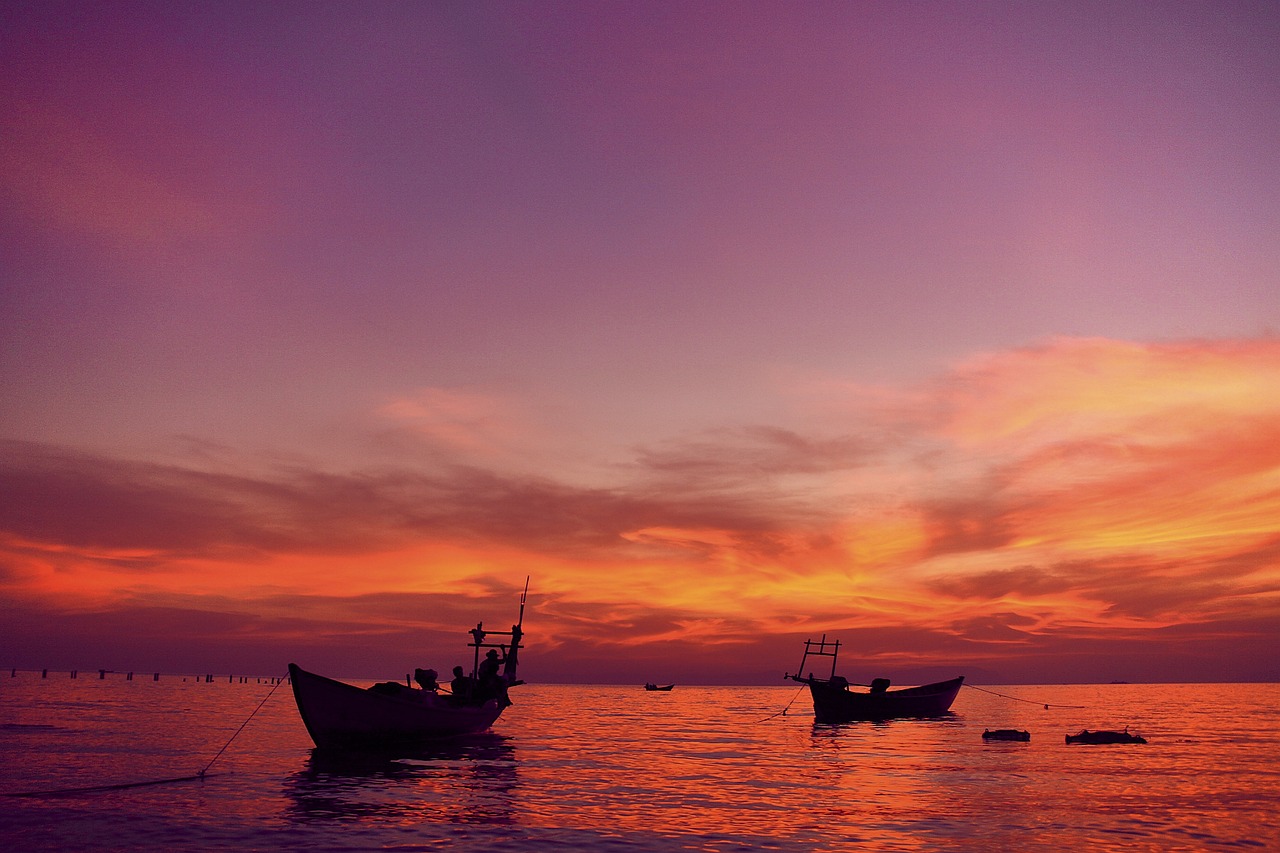
Training and Preparedness
When it comes to boating, the thrill of the open water can be exhilarating, but it also comes with its fair share of risks. This is where training and preparedness come into play. Just like a pilot wouldn’t take to the skies without a flight plan, boaters should never embark on a journey without being equipped to handle emergencies. Imagine being caught in a storm with no idea how to navigate the situation—scary, right? This is why investing time in training can be a game-changer. It not only boosts your confidence but also ensures that you and your crew can respond effectively when the unexpected happens.
One of the most critical aspects of preparedness is conducting regular safety drills. Think of these drills as the fire drills you experienced in school; they help familiarize everyone with their roles and responsibilities. When you practice these scenarios, you’re not just going through the motions; you’re building muscle memory. This can make all the difference during a high-stress situation. For instance, if a crew member knows exactly where the life jackets are stored and how to put one on quickly, they can assist others more efficiently. Regular drills can include man-overboard procedures, fire emergencies, and even how to use your safety equipment properly.
Moreover, first aid training is another vital component that should never be overlooked. Accidents can happen, and knowing how to provide immediate care can be lifesaving. Picture this: you’re out on the water, and someone suffers a cut or a more severe injury. If you’ve had first aid training, you’ll know exactly what to do. This training not only covers basic first aid but also prepares you for more serious scenarios, such as CPR or handling shock. Many organizations offer courses specifically designed for boaters, making it easier than ever to get certified.
So, what should you consider when planning your training and preparedness? Here are a few key points:
- Choose the Right Courses: Look for training programs that focus on boating safety, emergency response, and first aid. Make sure they are reputable and recognized in the marine community.
- Involve Everyone: Ensure that all crew members, regardless of their experience level, participate in the training. This creates a cohesive unit that knows how to work together in emergencies.
- Stay Updated: Just like technology, safety protocols evolve. Regularly refresh your skills and knowledge by attending advanced courses or workshops.
Finally, remember that being prepared isn’t just about having the right equipment; it’s about having the right mindset. A well-prepared boater is one who anticipates potential challenges and takes proactive steps to mitigate risks. Whether it’s understanding weather patterns, knowing the nearest safe harbor, or having a solid plan for what to do in case of an emergency, every little bit helps. The more prepared you are, the more you can focus on enjoying your time on the water.
Q: How often should we conduct safety drills?
A: It’s recommended to conduct safety drills at least once a month, or more frequently if you have new crew members or if you’re planning a longer trip.
Q: What should I do if I can't find a training course nearby?
A: Many organizations offer online courses that can be completed at your own pace. Look for reputable boating safety organizations that provide virtual training.
Q: Is first aid training really necessary for short trips?
A: Yes! Accidents can happen at any time, and having first aid training equips you to handle minor injuries and emergencies, no matter the duration of your trip.
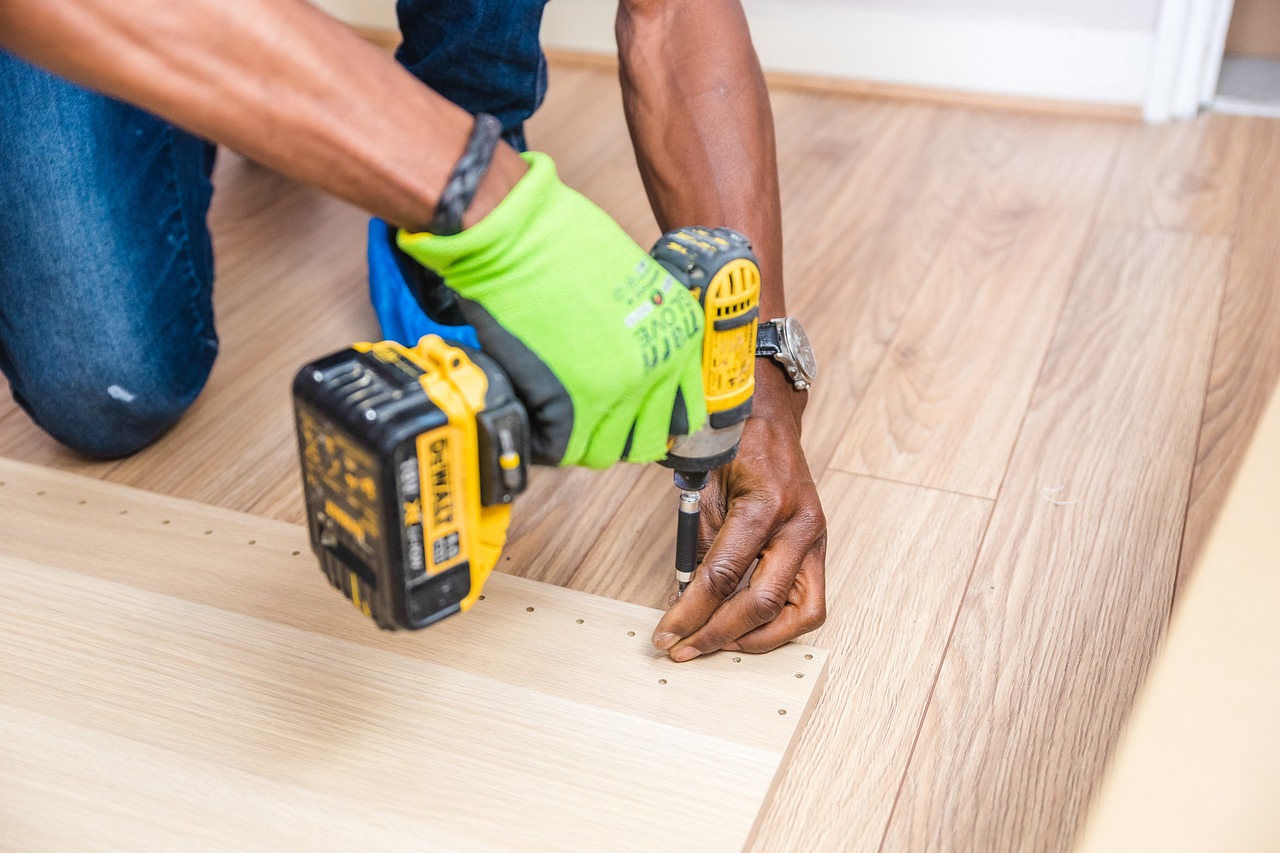
Safety Drills
When it comes to boating, safety should always be your top priority. One of the most effective ways to ensure that you and your crew are prepared for emergencies is by conducting regular safety drills. Think of these drills as a rehearsal for a play; everyone has a role to play, and knowing your part can make all the difference when the curtain rises on a real emergency. Imagine being out on the water, and suddenly, something goes wrong. Wouldn’t you want to know exactly what to do? Regular drills can help you achieve just that.
These drills should cover a variety of scenarios that could occur while out on the water. For instance, you might want to practice what to do in the event of a fire on board, a man overboard situation, or even how to handle a medical emergency. By simulating these situations, you create a safe environment where everyone can learn and make mistakes without the stakes being too high.
To implement effective safety drills, consider the following steps:
- Choose Scenarios: Start by identifying the most likely emergencies that could occur based on your typical boating conditions. This could include weather-related incidents, mechanical failures, or personal injuries.
- Assign Roles: Make sure each crew member knows their specific responsibilities during an emergency. This could involve someone being in charge of communication, another handling first aid, and others managing the boat's operations.
- Set a Schedule: Regularly scheduled drills are key. Whether it's once a month or every time you head out, consistency will help keep everyone sharp.
- Debrief: After each drill, gather the crew to discuss what went well and what could be improved. This feedback loop is essential for continuous learning.
Moreover, it’s essential to incorporate a variety of realistic scenarios into your drills. For example, you might simulate a sudden storm, requiring everyone to work together to secure the boat and ensure safety. Or, you could practice a man overboard drill, where one person jumps in (with safety gear, of course), and the rest of the crew must execute a rescue plan. These hands-on experiences will not only build confidence but also strengthen teamwork.
In addition to the practical aspects, remember that maintaining a calm demeanor during drills sets the tone for real-life situations. If your crew can remain composed during practice, they're more likely to do the same when faced with actual emergencies. The goal is to create a culture of safety where everyone feels empowered and ready to act.
Ultimately, safety drills are not just about practicing procedures; they're about fostering a sense of responsibility and awareness among your crew. When everyone understands the importance of being prepared, you create a safer environment for everyone on board. So, gather your crew, pick a date, and start practicing. You never know when those skills will come in handy!
Q: How often should we conduct safety drills?
A: It's recommended to conduct safety drills at least once a month, but more frequent practice can help keep skills sharp and improve readiness.
Q: What should we do if someone is unable to participate in a drill?
A: Ensure that everyone understands their roles, but if someone cannot participate, consider assigning them a different role that allows them to observe and learn.
Q: Are there specific regulations regarding safety drills?
A: Yes, many boating regulations require certain safety drills, especially for commercial vessels. It's essential to familiarize yourself with local laws.
Q: Can we simulate real-life emergencies during drills?
A: Absolutely! Simulating real-life scenarios is one of the best ways to prepare your crew for actual emergencies.
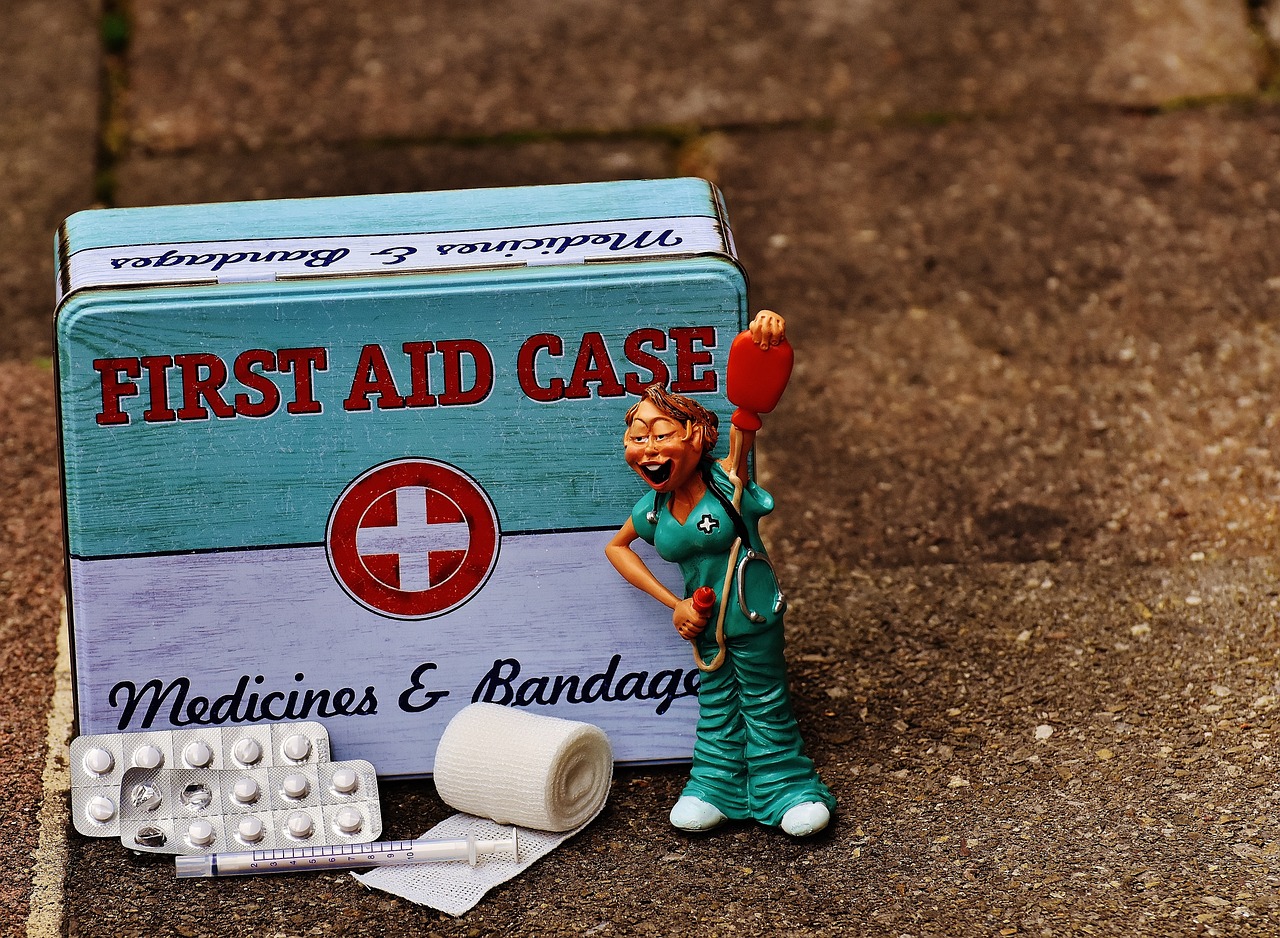
First Aid Training
When it comes to boating, the thrill of the open water can sometimes overshadow the importance of being prepared for emergencies. That's where steps in as a crucial component of your boating safety plan. Imagine you're out on the water, enjoying a sunny day, when suddenly someone on board suffers an injury. Panic can set in quickly, but with proper training, you can remain calm and effectively manage the situation. First aid training equips you with the skills to handle a variety of medical emergencies, from minor cuts and bruises to more serious incidents like fractures or allergic reactions.
One of the most significant benefits of first aid training is that it empowers boaters to act swiftly and confidently in emergencies. Knowing how to assess a situation, provide basic life support, and stabilize an injured person until professional help arrives can make all the difference. Furthermore, many first aid courses also cover CPR (Cardiopulmonary Resuscitation) techniques, which are vital in life-threatening situations. It’s like having a lifeline in your back pocket—ready to deploy when the unexpected happens.
Additionally, first aid training isn’t just about knowing what to do; it’s also about understanding the importance of prevention. During training, participants learn about common boating injuries and how to avoid them. For instance, slips and falls are frequent occurrences on boats, and knowing how to secure gear and maintain a safe environment can help prevent accidents before they happen. This proactive approach is essential for ensuring the safety of everyone on board.
Many organizations offer first aid courses specifically tailored for boaters. These courses typically cover a range of topics, including:
- Basic first aid principles
- Wound care and infection prevention
- Managing allergic reactions
- Recognizing and responding to shock
- CPR and choking relief techniques
Moreover, the hands-on practice that comes with these courses allows participants to simulate real-life scenarios, making the training more effective and memorable. You’ll leave the course not just with knowledge but with the confidence to put it into action. Remember, in an emergency, every second counts, and being prepared can save lives.
In conclusion, investing in first aid training is not just a wise decision; it’s a responsibility that every boater should take seriously. By being equipped with the right skills and knowledge, you can enhance the safety of your boating experience, ensuring that you and your crew are ready for anything the water throws your way. So, before you set sail, consider enrolling in a first aid course. After all, it’s better to be prepared and never need it than to need it and not be prepared!
Q: What should I look for in a first aid course for boaters?
A: Look for courses that are specifically designed for marine environments, cover CPR, and provide hands-on practice.
Q: How often should I refresh my first aid training?
A: It’s recommended to refresh your first aid training every two years to stay updated on the latest techniques and protocols.
Q: Can I take first aid training online?
A: While some components can be completed online, hands-on practice is essential, so look for hybrid courses that combine both formats.
Q: Is first aid training expensive?
A: Costs vary, but many local organizations offer affordable courses, and the investment is worth the peace of mind it brings.
Frequently Asked Questions
- What essential safety equipment should I have on my boat?
It's crucial to equip your boat with essential safety items such as life jackets, a first aid kit, fire extinguishers, and signaling devices like flares. Having these items can significantly enhance your safety during emergencies on the water.
- How can I ensure effective communication during an emergency?
To ensure effective communication, you should have a VHF radio onboard. Familiarize yourself with its operation and the protocols for making distress calls. Additionally, consider carrying other communication tools like satellite phones or emergency beacons.
- What should I look for when choosing a VHF radio?
When selecting a VHF radio, consider features such as digital selective calling (DSC), waterproofing, battery life, and ease of use. These features can make a significant difference in emergency situations.
- How do I make a distress call on a VHF radio?
To make a distress call, first, ensure your radio is set to Channel 16. Then, press the distress button if available, or transmit your message clearly: "Mayday, Mayday, Mayday," followed by your boat's name, position, and nature of the emergency.
- What other emergency signaling devices should I carry?
In addition to VHF radios, it's wise to carry signaling devices like flares, whistles, and reflective mirrors. These tools can help attract attention and signal for help when needed.
- Why is training important for boaters?
Training is essential because it prepares you and your crew to respond effectively to emergencies. Regular drills help everyone understand their roles and can reduce panic during real situations.
- What types of safety drills should I conduct?
Conduct drills for various scenarios, such as man overboard, fire onboard, or medical emergencies. Practicing these situations ensures that everyone knows what to do and can act quickly if needed.
- How can first aid training benefit me as a boater?
First aid training equips you with the skills to handle medical emergencies on the water, from treating minor injuries to managing more serious situations until professional help arrives. It could be a lifesaver!



















